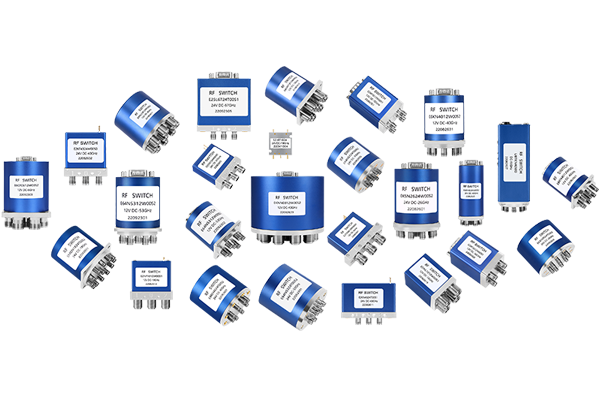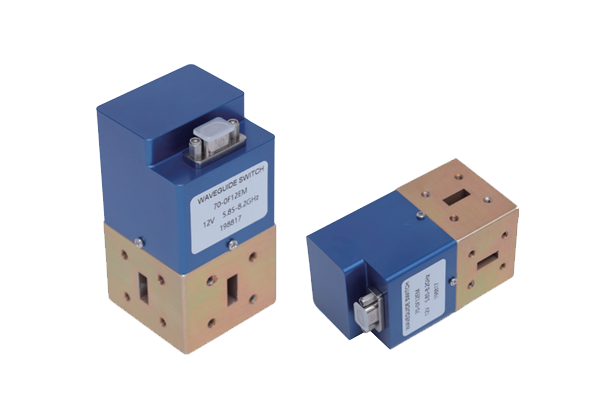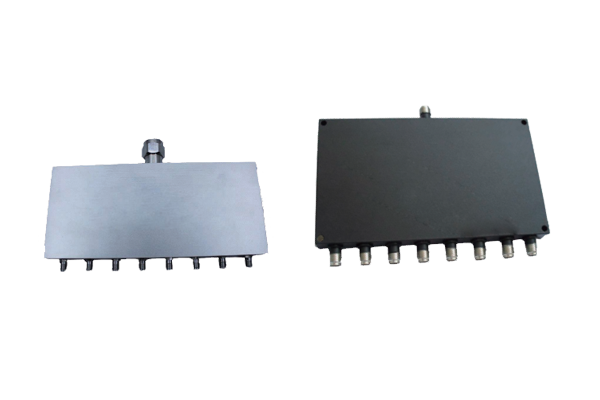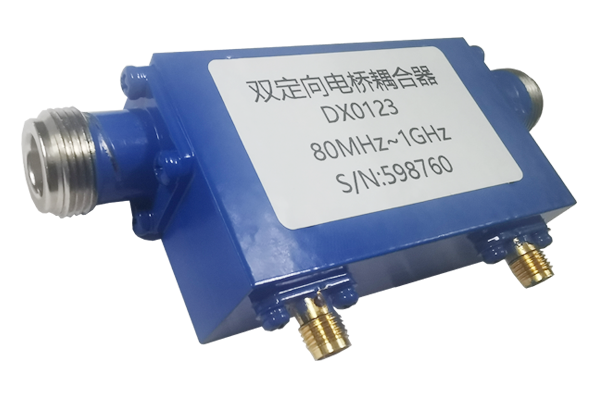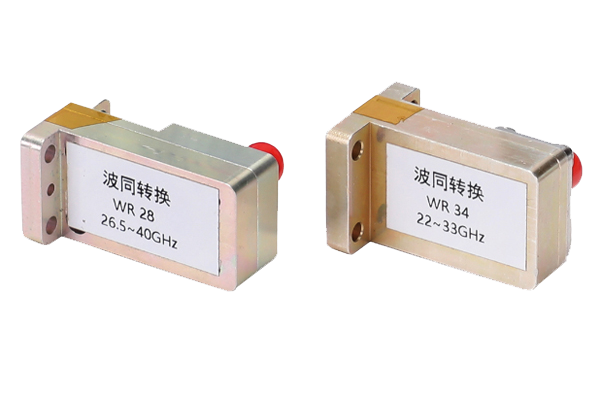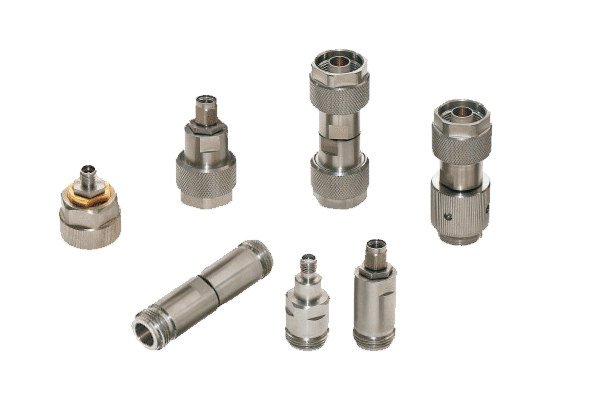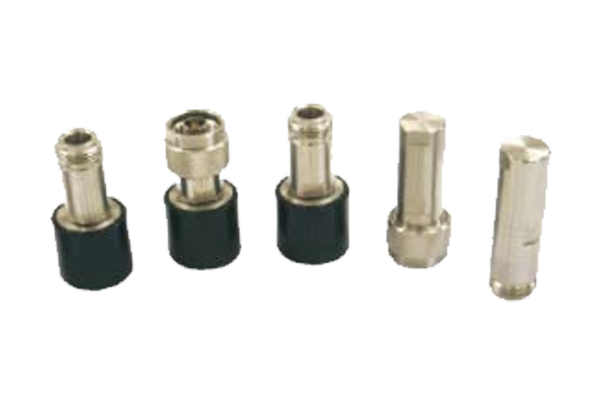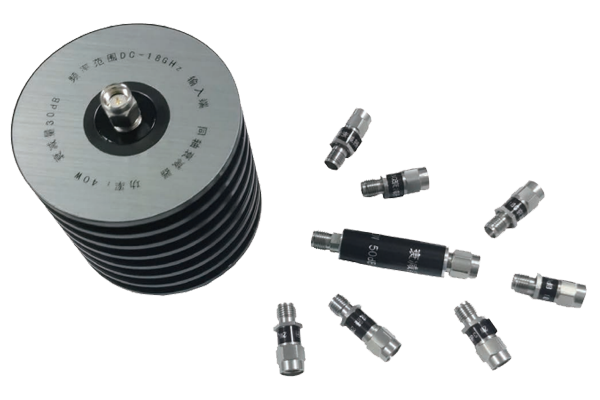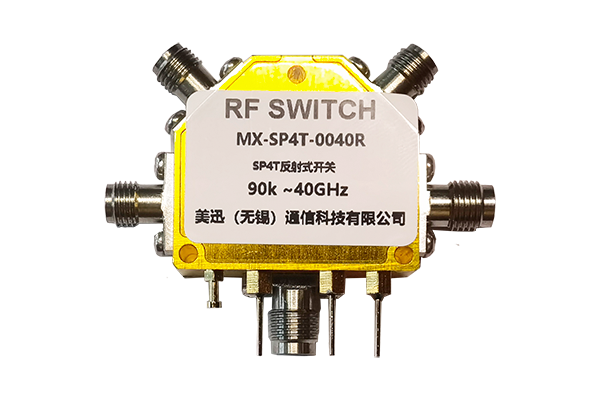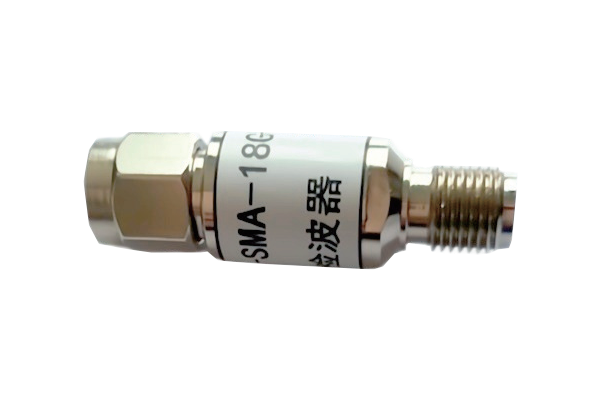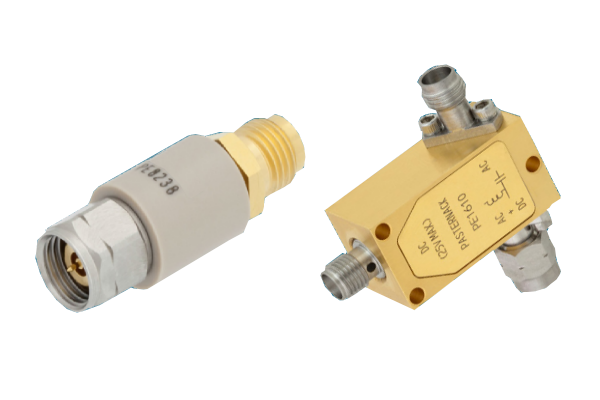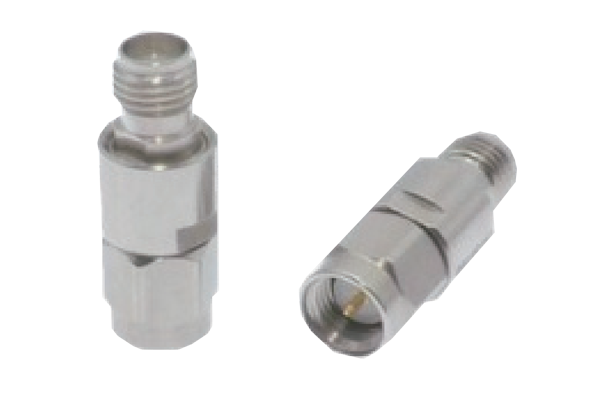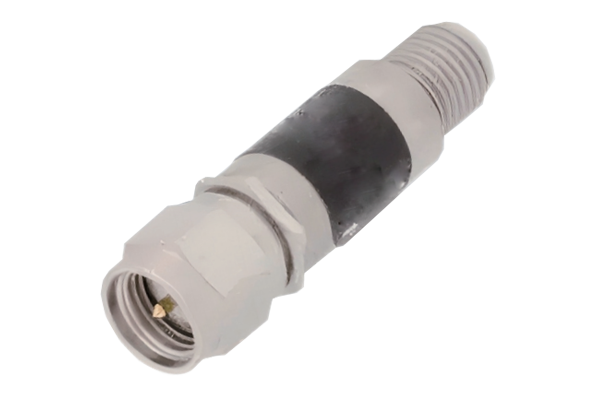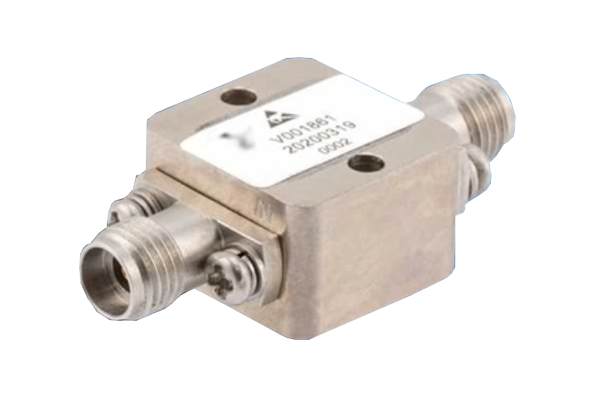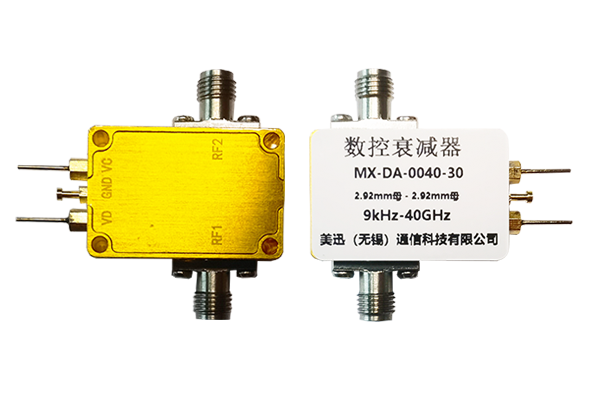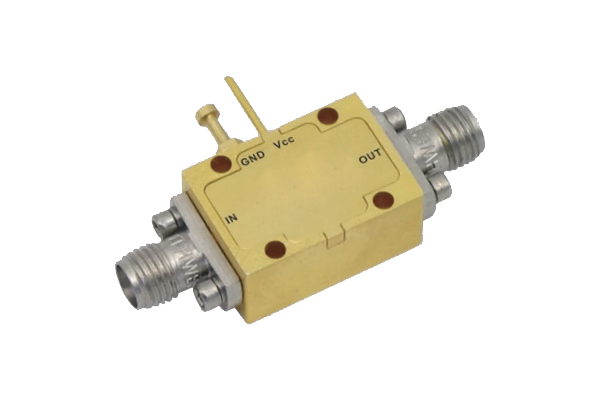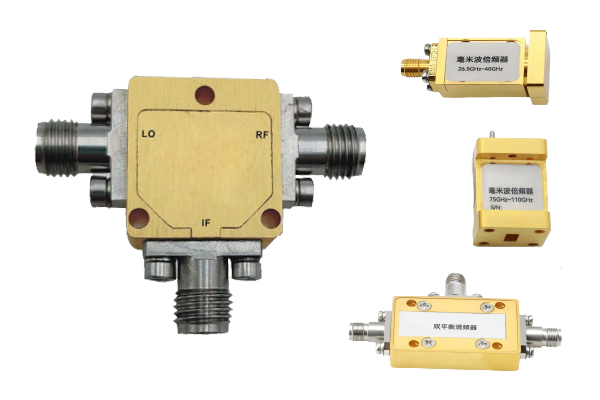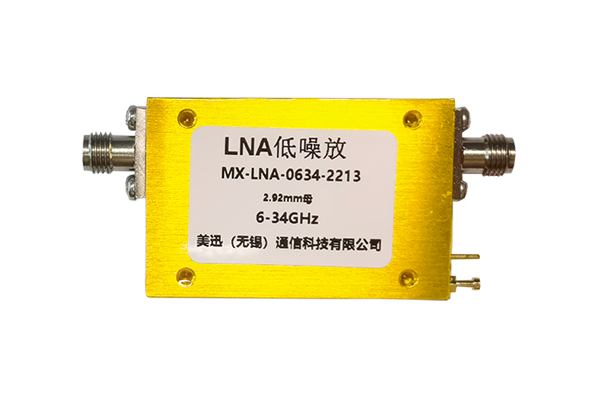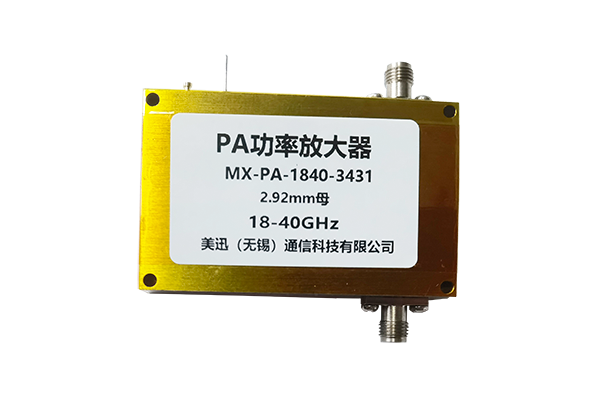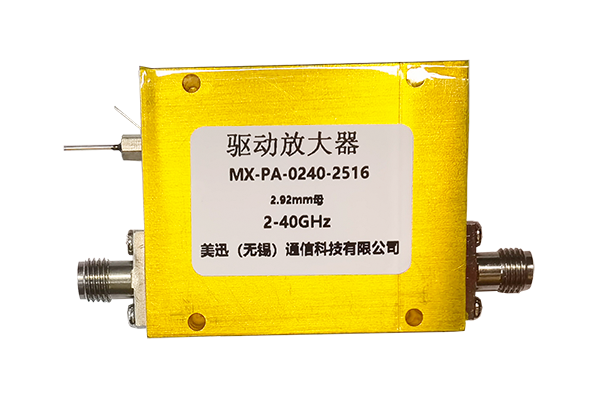What Are the Key Components of a Power Amplifier
Key Components of Power Amplifiers
Power amplifiers consist of several critical components that work together to efficiently amplify audio signals while maintaining fidelity and reliability.
Input Stage
Receives low-power audio signals from sources (mixers, preamps) using op-amps or discrete transistors. Handles impedance matching to prevent signal loss while minimizing noise and distortion.
Driver Stage
Boosts input signal voltage using CMOS or BJT transistors. Includes frequency compensation networks to prevent oscillations and stabilize amplifier response.
Output Stage Configurations
- Class AB: 50-60% efficiency with low distortion (consumer audio)
- Class D: >90% efficiency using switching transistors (compact designs)
- Class A: 20-30% efficiency with minimal distortion (high-end systems)
Modern designs use filter networks to smooth signals, while older models may employ output transformers.
Power Supply
Provides stable DC power through:
| Component | Function |
|---|---|
| Transformer | Adjusts mains voltage |
| Rectifier | Converts AC to DC |
| Filter Capacitors | Smooths voltage ripples |
| Regulators | Maintains constant voltage |
Protection Circuitry
- Current Limiting: Prevents damage from excessive current
- Thermal Protection: Cools or disables during overheating
- Short-Circuit Protection: Blocks output during wire shorts
Feedback Network
Uses negative feedback to compare output with input, reducing distortion and flattening frequency response for more accurate sound reproduction.
Understanding these key components helps in selecting, maintaining, and troubleshooting power amplifiers for optimal audio performance across various applications, from consumer electronics to professional sound systems.



